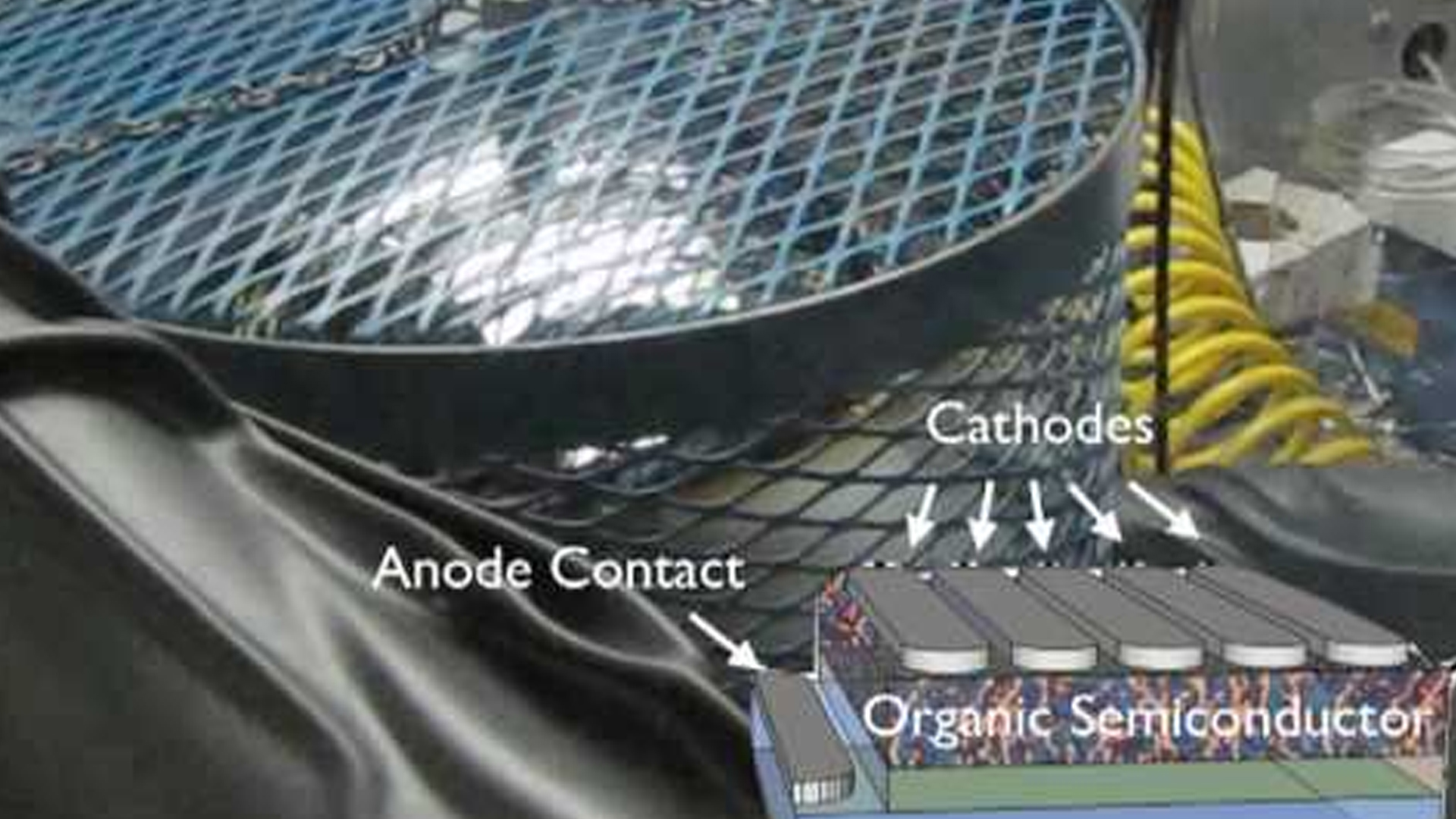News Article
CSP Looks Bright For North America
IDC Energy Insights reveals potential for concentrating solar power (CSP) industry In North America
The concentrating solar power (CSP) industry in North America has experienced setbacks in recent months, including a number of large CSP projects facing lawsuits or being replaced by solar photovoltaic (PV) projects. A new report published by IDC Energy Insights titled, Business Strategy: Make-It-or-Break-It Time for Concentrating Solar Power (Document # EI227491), evaluates the challenges faced by the industry and reveals why it is too early to give up on CSP.
Large CSP plants have been facing challenges due to the difficulty of siting them without disturbing environmentally or culturally sensitive lands, and the difficulty of financing projects that incorporate unproven technologies. At the same time, CSP plants face serious competition from PV, as PV plants continue to drop in price, are relatively quick to permit and build, and investors are comfortable financing them.
Despite these challenges, CSP technology holds three advantages over PV technology that make it attractive for solar projects: it delivers higher quality power, it experiences fewer intermittency issues (and can go so far as to provide baseload power if storage is incorporated), and it has the potential to use integrated storage to align its output with peak demand periods.
"Over the next few years, it will be critical for the CSP industry to demonstrate technical viability and cost effectiveness, to gain the confidence of investors and expand its foothold in the market," said Jay Holman, research manager for IDC Energy Insights' Renewable Energy Strategies research advisory service. "This means completing projects that are currently in the pipeline on time and on budget, while pursuing markets where they can extract a premium for the grid-friendly power CSP provides."
While large CSP projects enable high efficiencies and low costs, smaller projects are easier to site, permit, and finance. In the report, Best Practices: Finding the Sweet Spot for Micro CSP - The Holaniku at Keahole Point Case Study (Document # EI227275), IDC Energy Insights provides an in-depth analysis of an innovative micro CSP project that uses technology optimized for projects in the 2-50 MW size range. The approach, which incorporates two hours of thermal energy storage, attempts to bring the benefits of CSP to smaller, more manageable and more financeable locations.
In some states, utilities are mandated under Renewable Portfolio Standards (RPS) to generate a certain percentage of their power using renewable energy methods such as wind and solar power and, as such, are motivated to contract with or build new renewable energy plants, including those run by CSP. CSP systems use lenses or mirrors to concentrate large areas of sunlight, which convert to heat to drive a steam turbine connected to an electrical power generator, producing renewable electrical power.





























